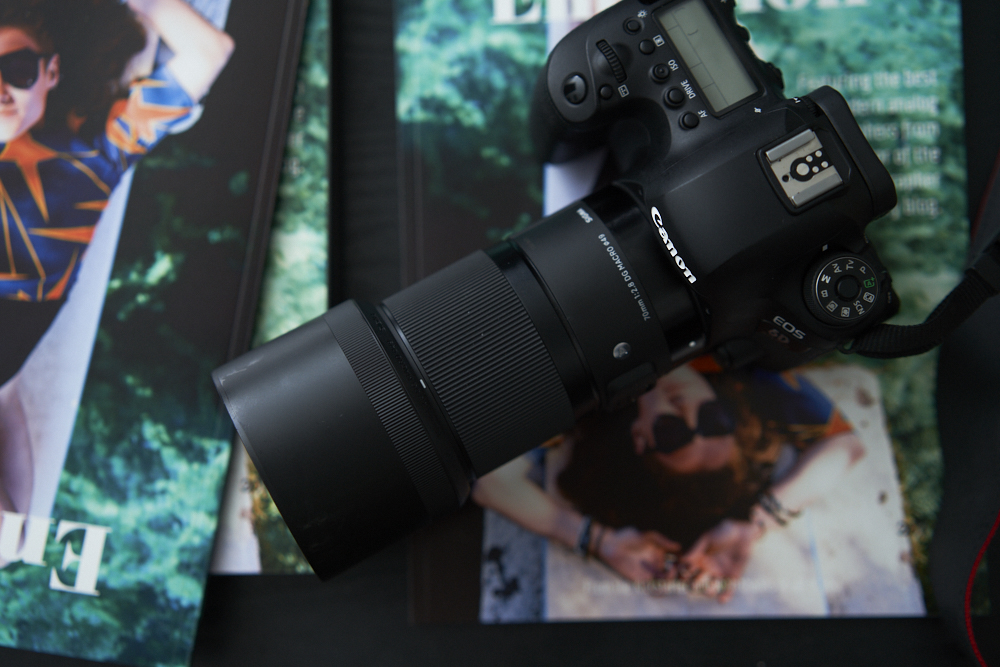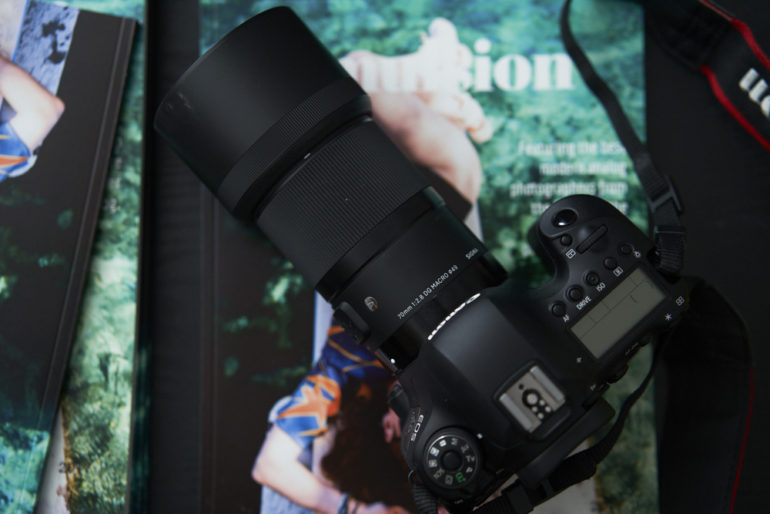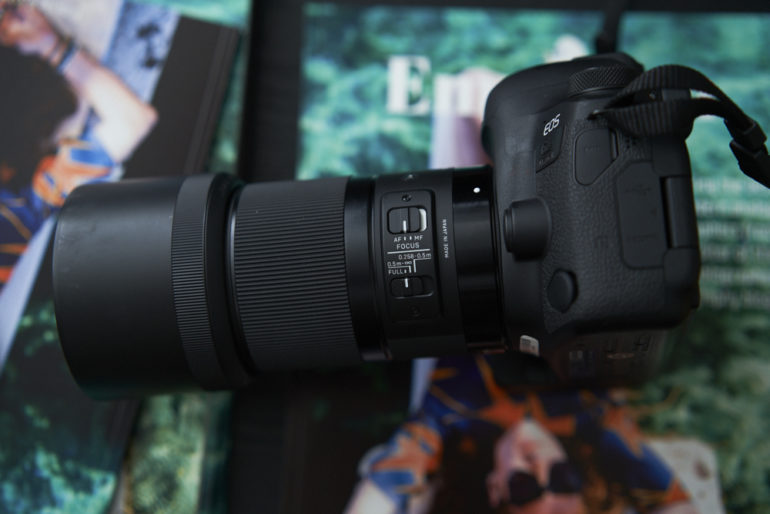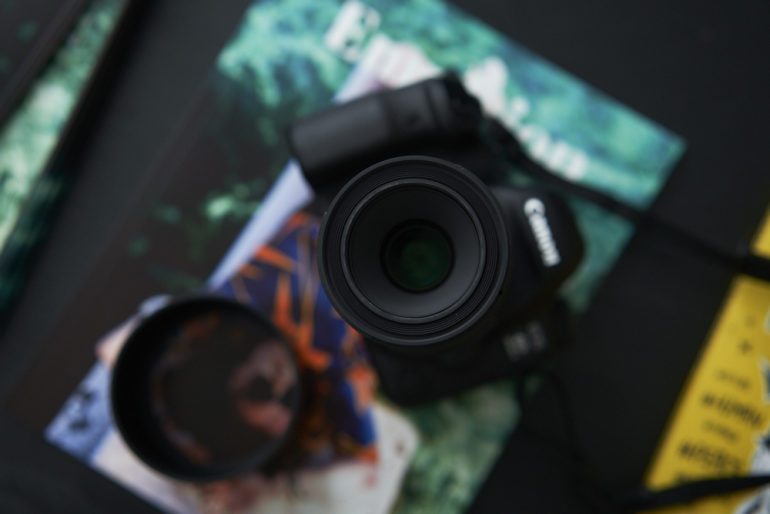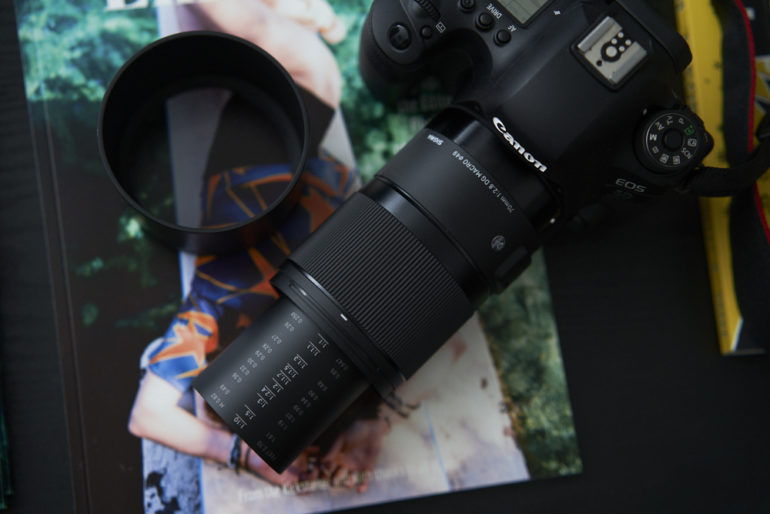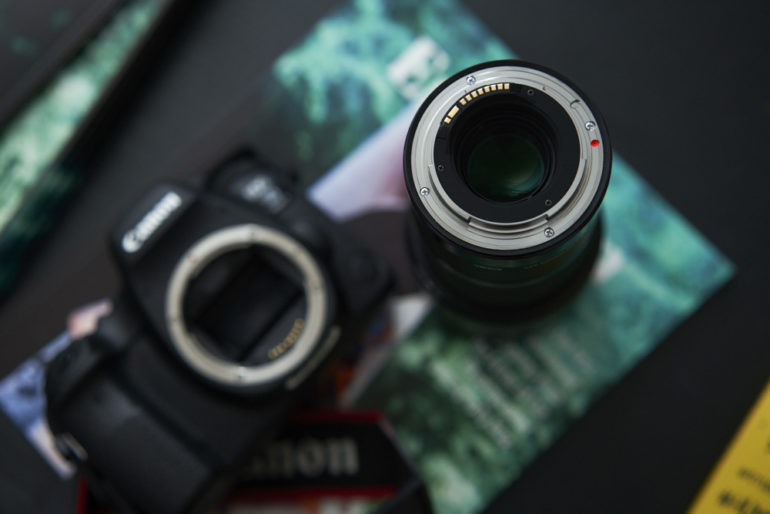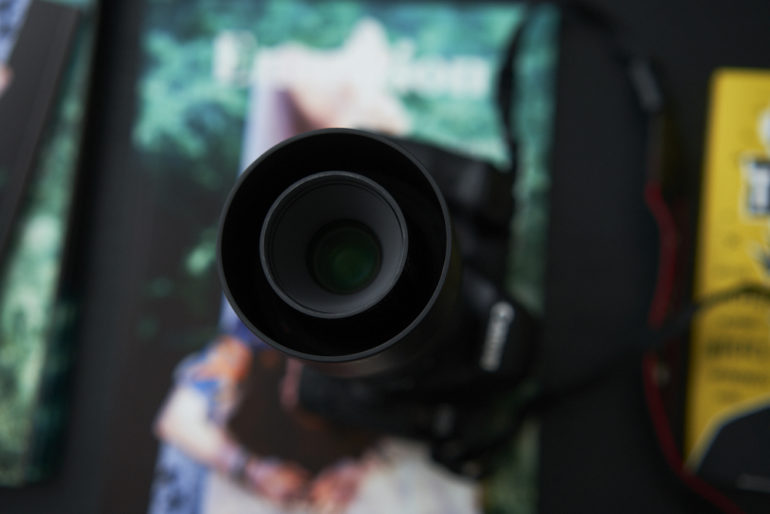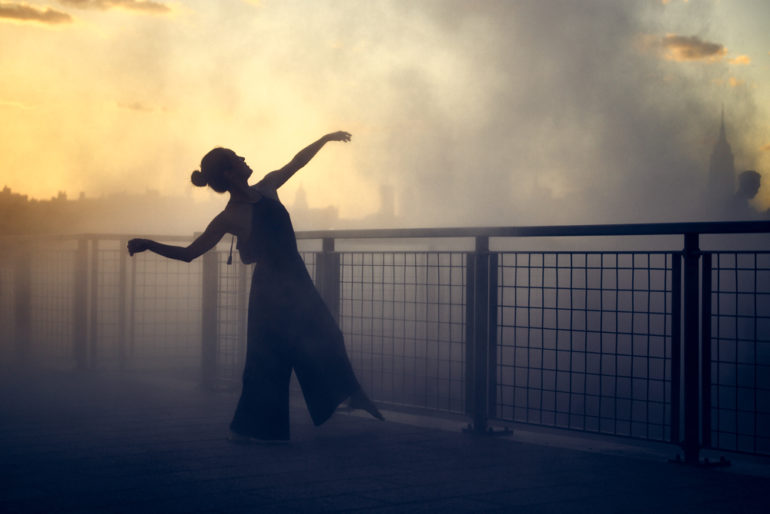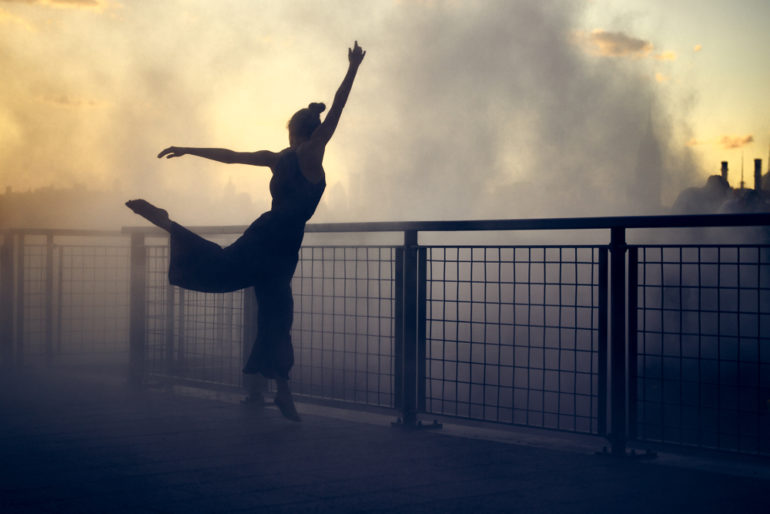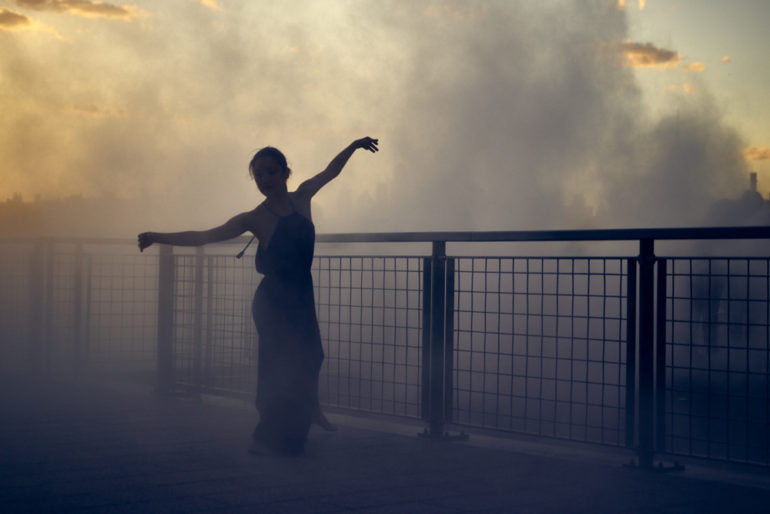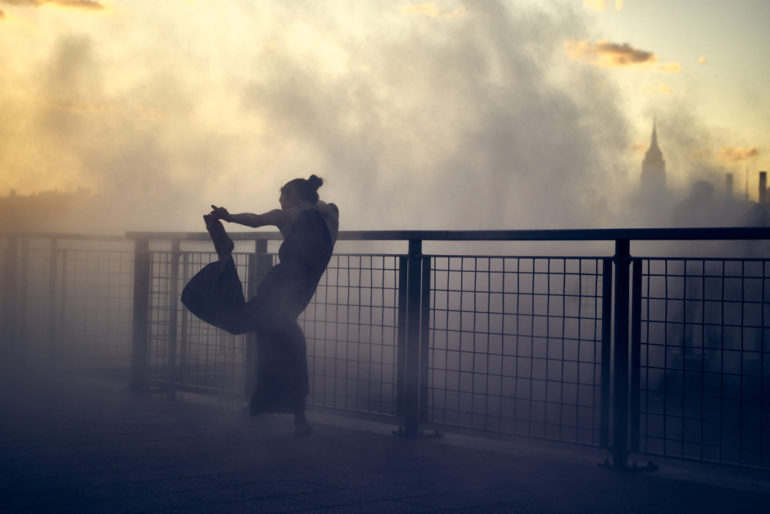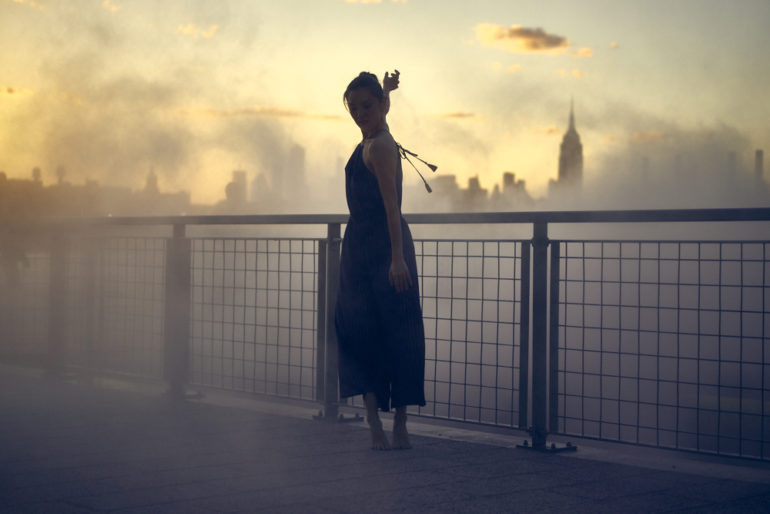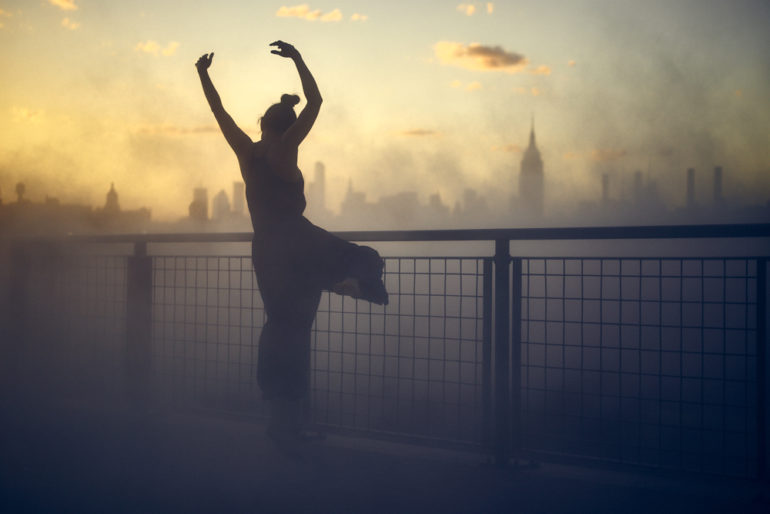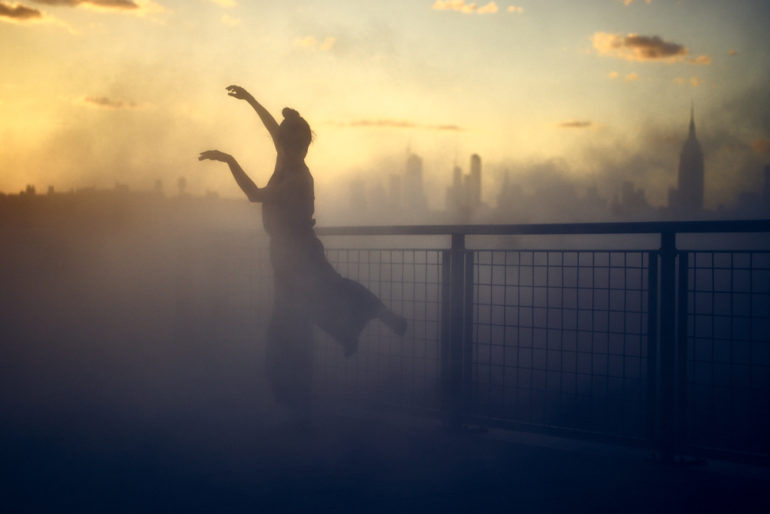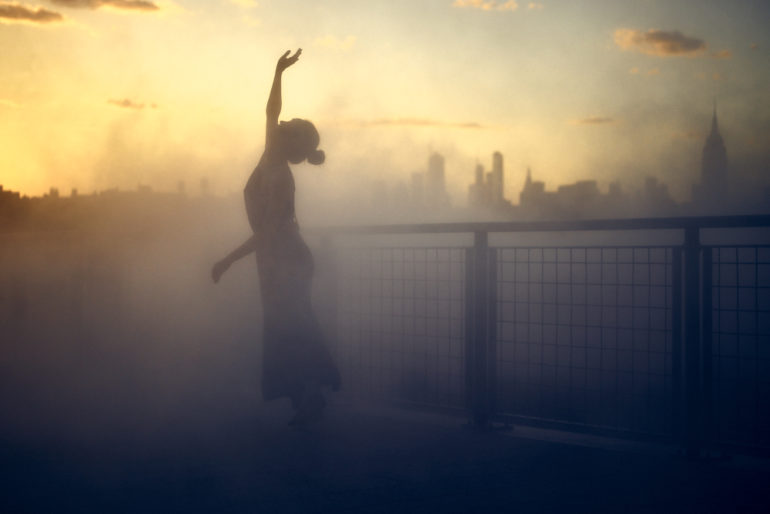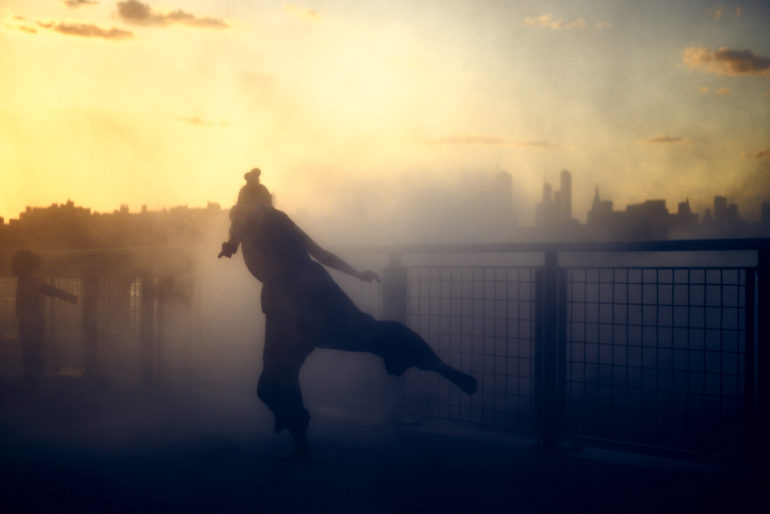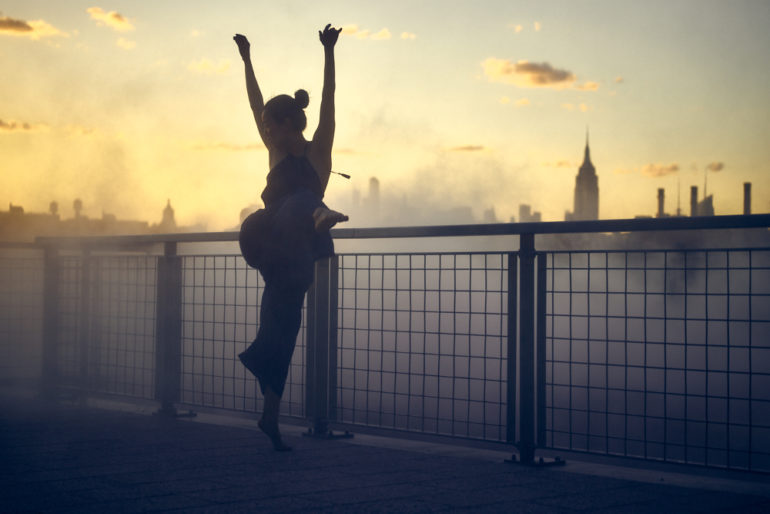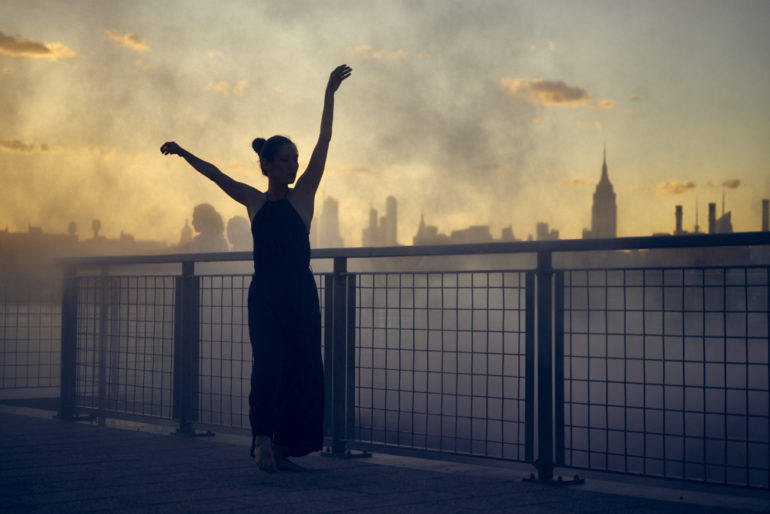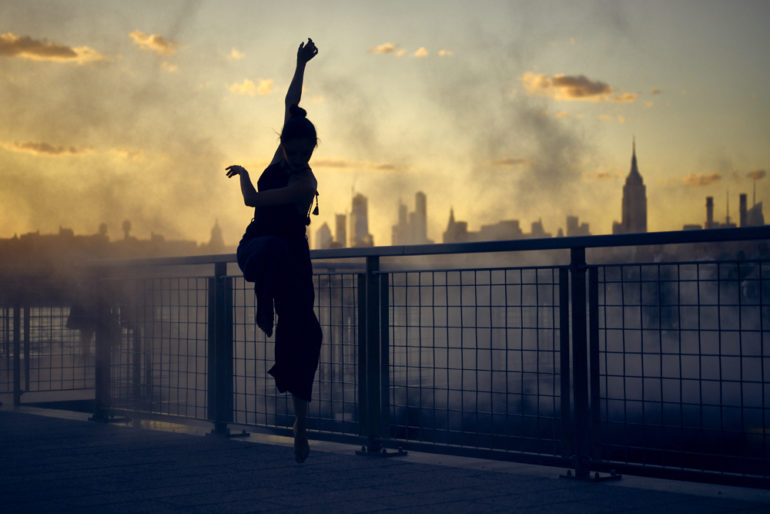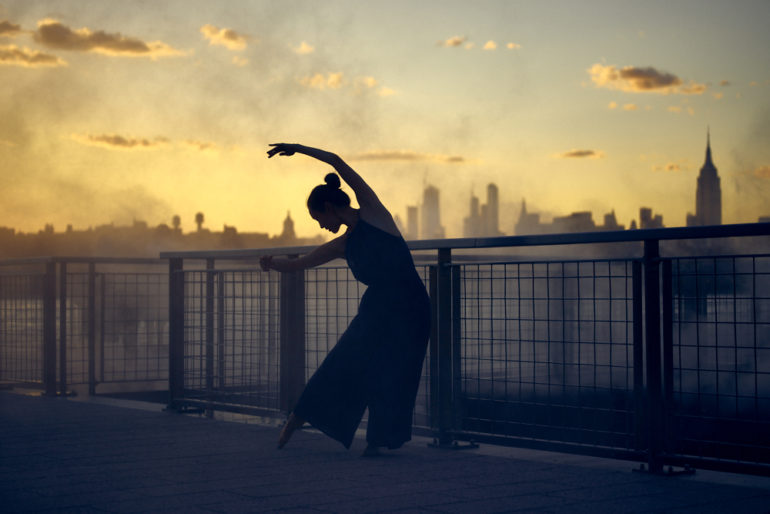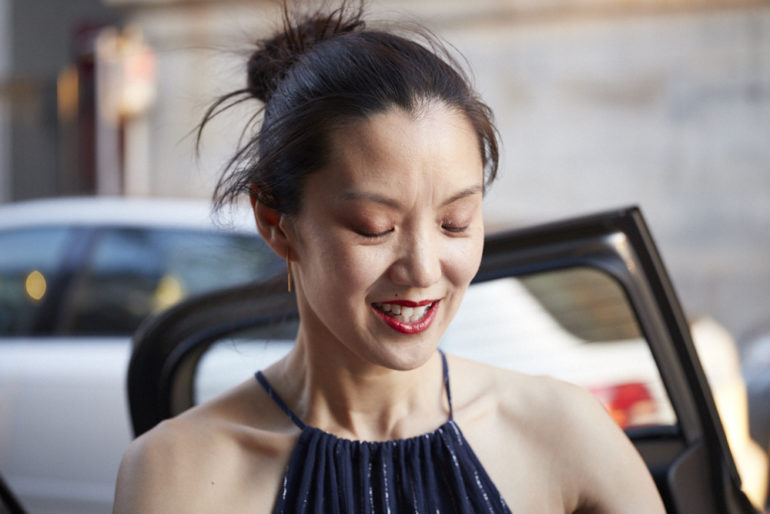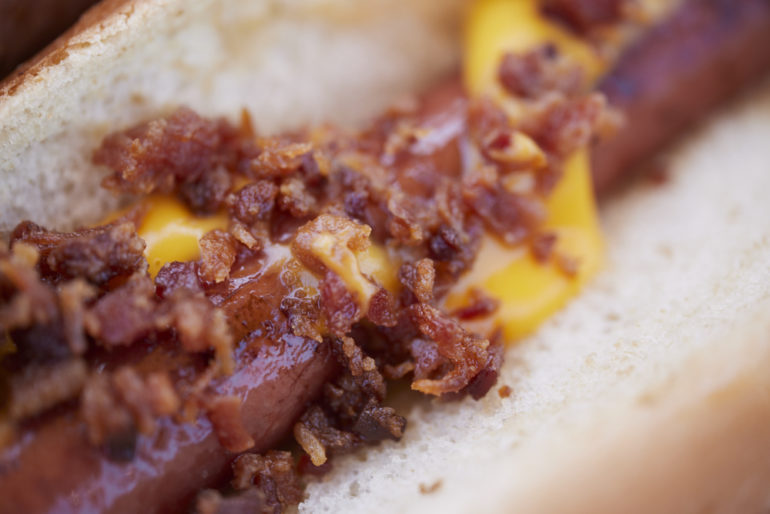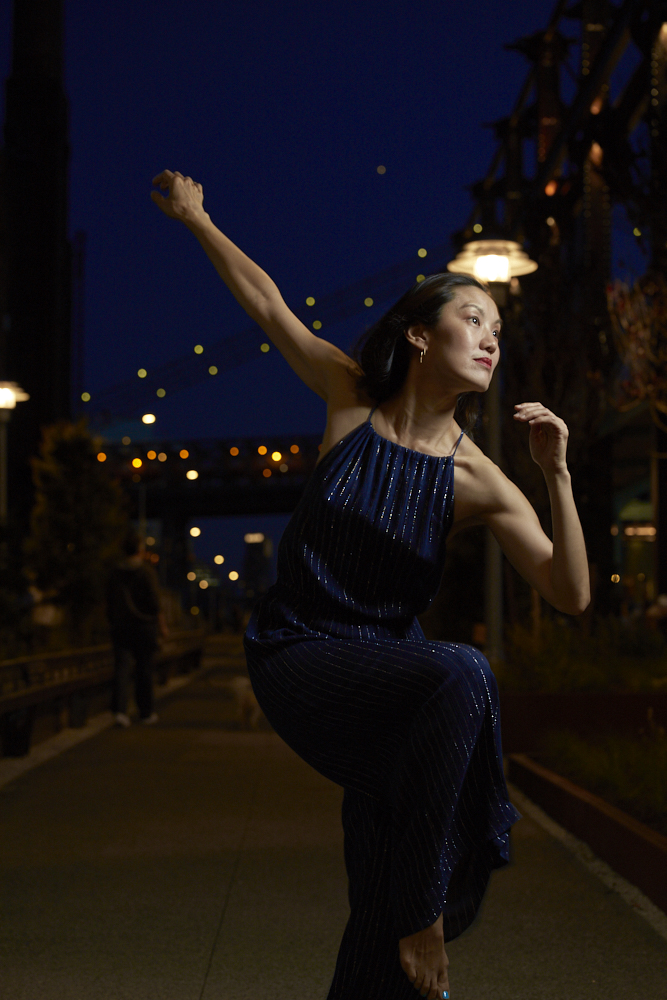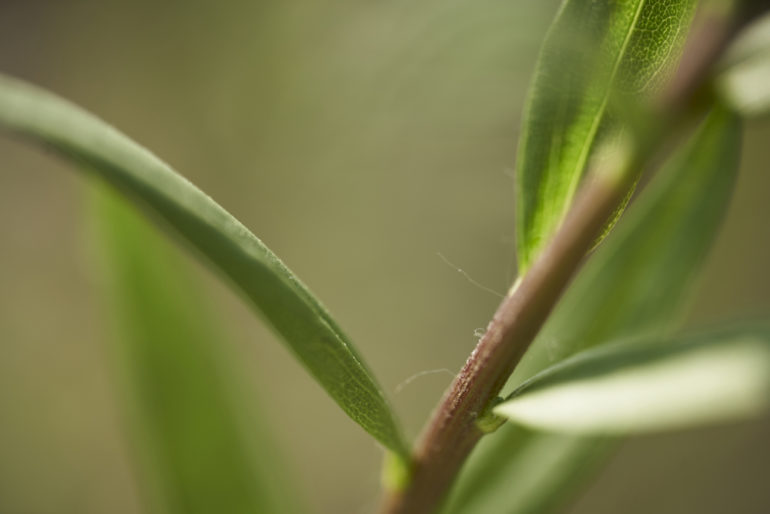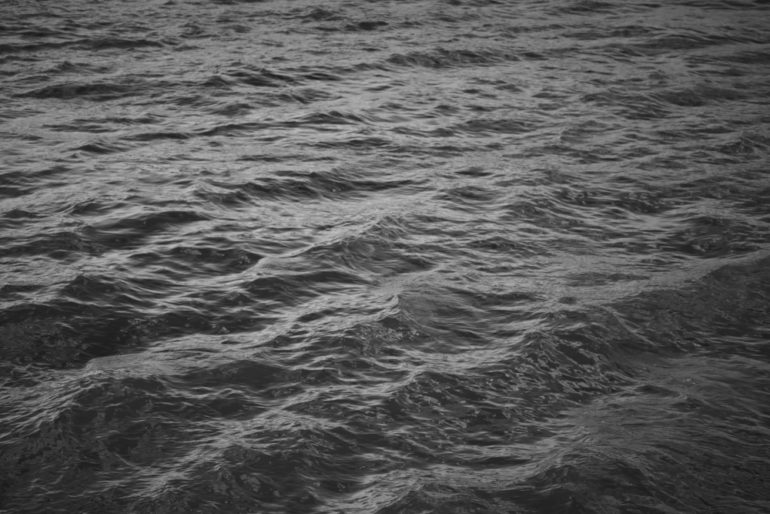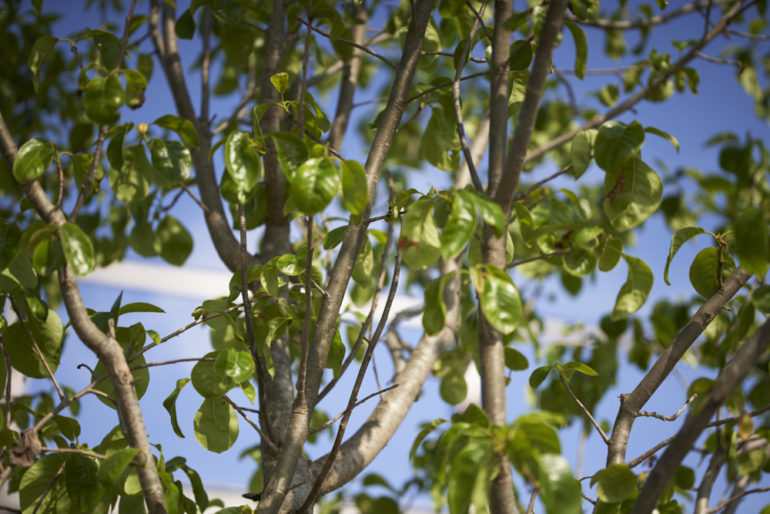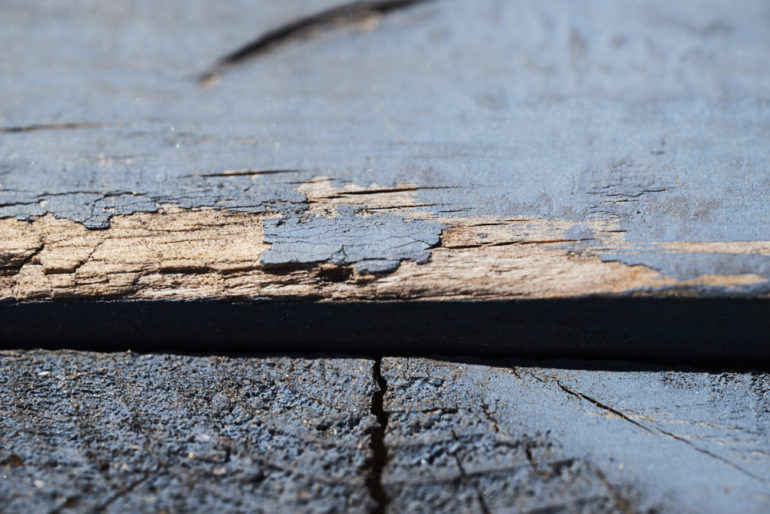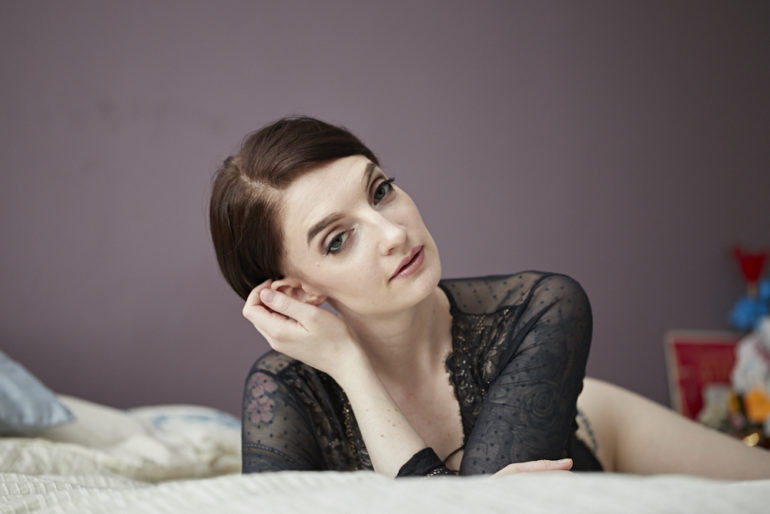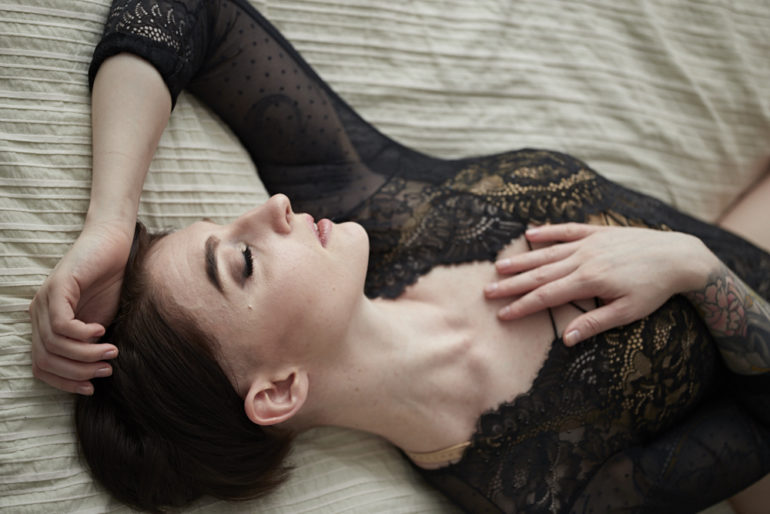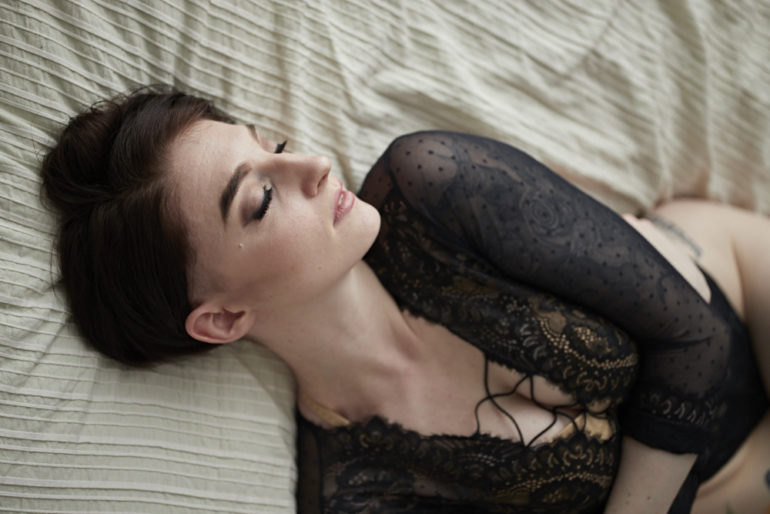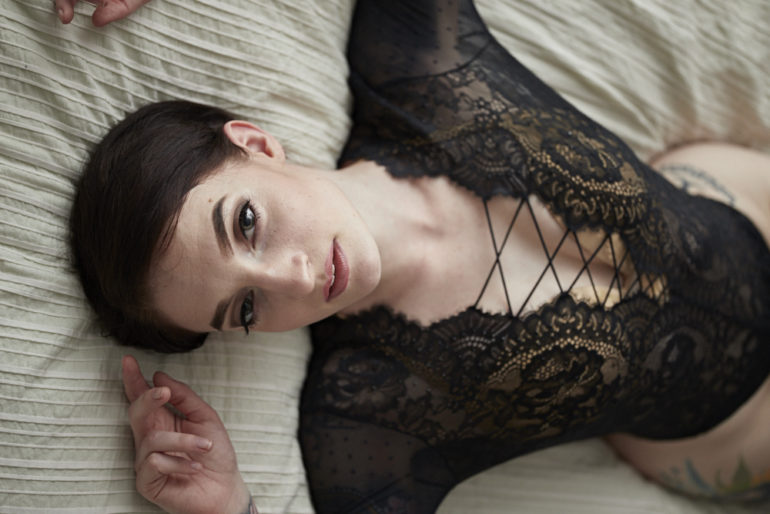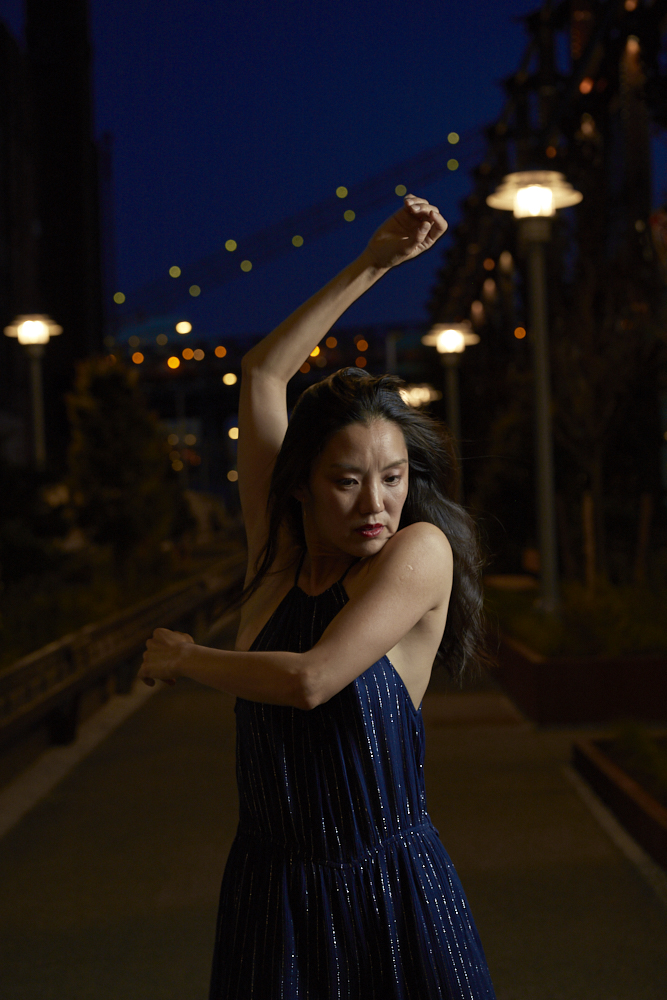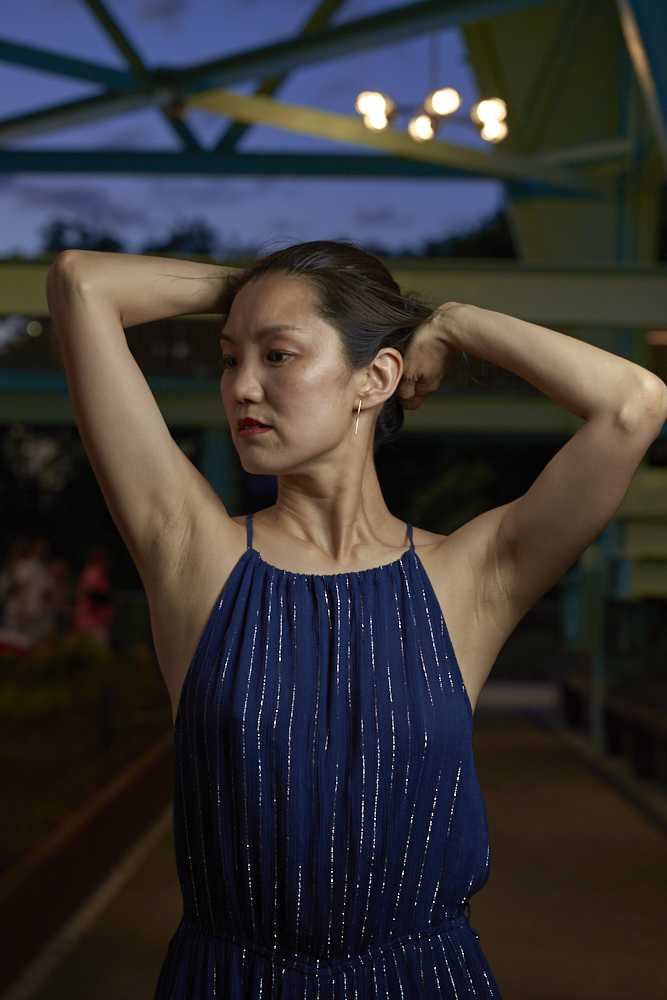Last Updated on 08/09/2018 by Mark Beckenbach
The Sigma 70mm f2.8 DG Macro Art lens is surprising good!
The 70mm focal length has always weirded me out, so when the Sigma 70mm f2.8 DG Macro Art came in, I was a scratching my head for sure. Macro work is fun, but it gets monotonous after some time. The 70mm focal length is odd for portraiture, but the right photographer can make it work. So with Sigma’s latest addition to the Art lineup of lenses, I tried to figure out how I would test the Sigma 70mm f2.8 DG Macro Art in a way that could do it justice. I came up with a few tests that were much different than anything else I’ve done. What I ended up creating are the favorite photos of a few folks who follow me on Instagram.
Pros and Cons
Pros
- Not too bad on the bokeh
- Sharp
- Accurate autofocus
Cons
- Autofocus can be a bit slow, but it’s a Macro lens
- Could use stabilization
Gear Used
The Sigma 70mm f2.8 DG Macro Art was tested on the Sony a7r III with a Metabones adapter, with the Canon 6D Mk II, and with Godox flashes.
Tech Specs
Specs for the Sigma 70mm f2.8 DG Macro Art are taken from Sigma’s website
| Lens Construction | 13 elements in 10 groups | ||||||
| Angle of View (35mm) | 34.3° | ||||||
| Number of Diaphragm Blades | 9 (Rounded diaphragm) | ||||||
| Minimum Aperture | F22 | ||||||
| Minimum Focusing Distance | 25.8cm/10.2in | ||||||
| Filter Size (mm) | φ49㎜ | ||||||
| Maximum Magnifications | 1:1 | ||||||
| Dimensions (Diameter x Length) |
ø70.8mm x 105.8mm/ 2.8in. x 4.2in. |
||||||
| Weight | 515g/18.2oz. | ||||||
| Corresponding Mounts |
|
Ergonomics
The Sigma 70mm f2.8 DG Macro Art is a prime lens; there isn’t a whole lot one can look at with this lens. There is one ring and that is for focusing. Then there is Sigma’s token smooth finish that feels like metal.
Turn the Sigma 70mm f2.8 DG Macro Art to the side and what you’ll find are the switches for the autofocus and the distances for the focusing. This lens doesn’t have image stabilization; it could surely use it.
Being a macro lens, the Sigma 70mm f2.8 DG Macro Art doesn’t have any markings on the front. Instead, the design is pretty standard for a macro lens.
With the hood removed and the lens focused the closest possible, this is what it looks like. Crazy enough, when the camera is turned off or the lens is attached back onto the camera, the lens will slowly retract back into the body and use its loud but muffled motors to do this. Granted, this is the only time the motors act like this.
Build Quality
The Sigma 70mm f2.8 DG Macro Art has weather resistance engineered into the lens; thank God for that. There was a period during the testing where I was trying to photograph a dancer in some mist. The mist hit me, the Canon 6D Mk II and the lens quite a bit. All of the gear stood up to it with no problems. In fact, the dancer asked if my camera would keep working. For a brief moment, I said to myself, “Good question…”
Probably not the smartest thing on my behalf, but it all continued to work. The lens hood I’m sure had something to do with it.
Ease of Use
The Sigma 70mm f2.8 DG Macro Art has a few autofocus settings; full range, macro range, and the further range. Further is best for portraits, macro for duh what do you think, and the full range will give you the most versatility at the expense of some occasionally molasses-slow autofocus performance. On the Canon 6D Mk II it’s faster due to the lens being designed for that mount. With a Metabones adapter it’s slower and sometimes inconsistent.
Autofocus
This entire series was a test of the autofocus on the Sigma 70mm f2.8 DG Macro Art and the Canon 6D Mk II and the series I was referencing earlier in the review. The mist, the backlight, and the fact that she’s moving around are quite a test. But with zones selected on the Canon 6D Mk II, AI Servo, and me being really careful to try to track Lydia, I was able to achieve autofocus. Even if an image is slightly out of focus, the photo overall is still gorgeous.
Image Quality
The Sigma 70mm f2.8 DG Macro Art is capable of producing beautiful images in the right situations and with the right color editor. Portrait photographers may want to consider using the Sigma 70mm f2.8 DG Macro Art where they’ll want to shoot closer portraits but also if they need the lens to double for macro work such as at a wedding. For food photography, the image quality of course holds up. This isn’t the sharpest Macro lens I’ve tested though; that award still goes to some offerings from Zeiss.
Bokeh
The bokeh from the Sigma 70mm f2.8 DG Macro Art is nice no doubt. To get the best, you’ll need to continually focus closer and closer. The bokeh could have been even better if this lens were a faster aperture, but that’s not the case unfortunately. In fact, that boggles my mind a bit. An f2 lens would have made much more sense.
Chromatic Aberration
The Sigma 70mm f2.8 DG Macro Art doesn’t have or suffer from a lot of chromatic aberration. In fact, during my tests I couldn’t find any major signs of it. On a Canon DSLR, you’re going to need to turn off all perspective correction, etc. Or else you’ll get those weird rings on the images.
Color Rendition
When you use the Sigma 70mm f2.8 DG Macro Art on a Canon 6D Mk II, you’ll get colors that look like slide film. On Sony, they will like this too, but a bit more like Kodak Ektar. The colors overall are really nice and interestingly standard. They’re not muted. They’re not super vibrant. But instead, they’re just standard.
Sharpness
With a flash’s output affecting the scene, the Sigma 70mm f2.8 DG Macro Art can be incredibly sharp. This is the best way to take advantage of the sharpness. Again, it isn’t as sharp as some Zeiss lenses, but it’s also much more affordable.
Extra Image Samples
Conclusions
Likes
- Smallish size
- Can be very sharp
- Weather sealing
Dislikes
- Still trying to totally understand why 70mm was picked despite the fact that you can create wonderful photos with it.
The Sigma 70mm f2.8 DG Macro Art is a great lens. It can shoot great images, they’ll be sharp, and the photos will be crisp. There is no doubting this. But the autofocus will be fussy at times. On top of all this, I wonder why Sigma chose to go f2.8 instead of f2. That would have made it stand out a whole lot more.
The Sigma 70mm f2.8 DG Macro Art deserves four out of five stars.


